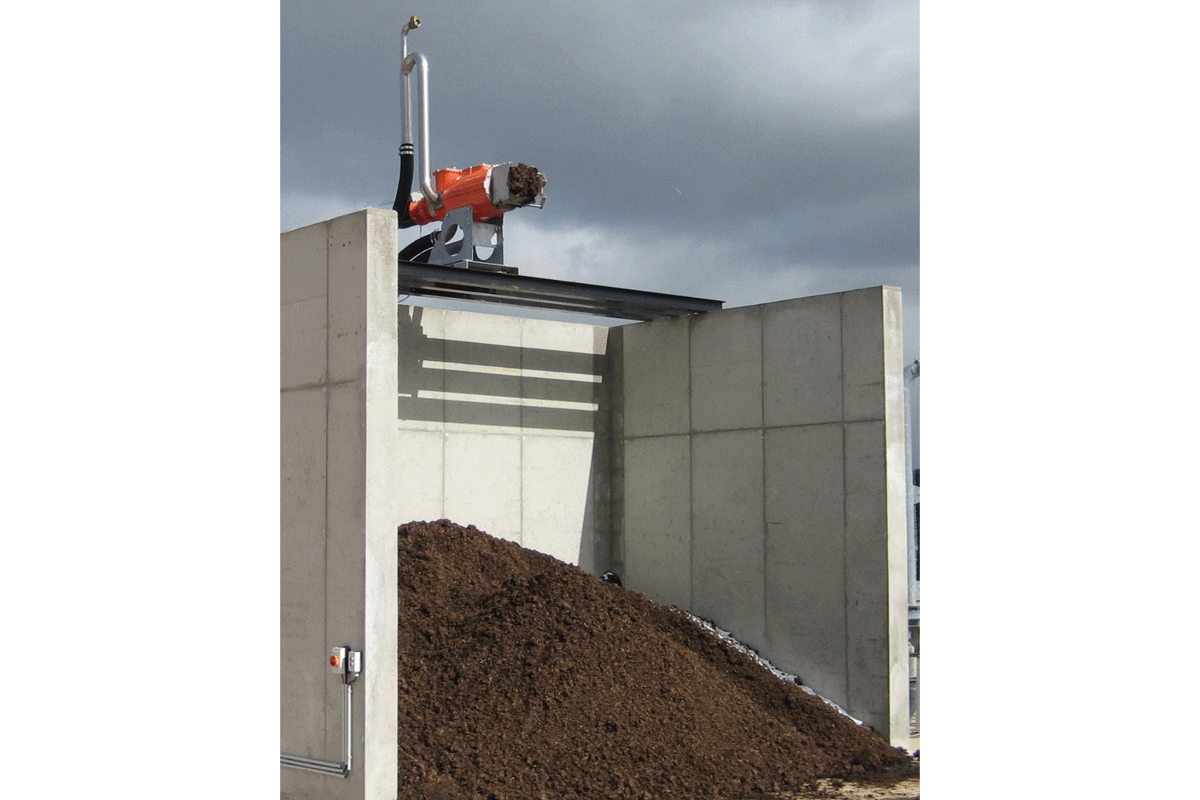This article contains paid-for content created in collaboration with TT Pumps.
The removal of solids from liquid waste has significant advantages within the environmental industry, as TT Pumps writes. Separation has already become very popular in the dairy industry for processing animal waste. This is a result of annual restrictions on spreading liquid waste at various times of the year, with the solid fraction not held under the same restrictions.
By removing the solids via separation, the liquid storage volume can be improved by 25% to 30% depending on the material being separated. A good separator will make light work of reducing the liquid content for a vast range of materials including Farm waste, Vegetable processing, Food processing waste, and Abattoir wastes.
Reducing moisture levels makes economic and environmental sense whilst improving most processes’ costs and efficiencies.
Separation is being applied in many industries and a variety of applications to reduce weight and content of waste materials therefore reducing costs, although the separation of liquids can enhance the value of the liquid or solid, a good example being the biogas industry.
The Biogas industry has taken to using separation to improve the process by reducing the liquid level in the by product , this allows the biogas plant to reduce the volume of waste being stored providing a high value liquid to be used for soil improvement.
With the pending DEFRA Clean Air Strategy to reduce greenhouse gases including ammonia there will be a requirement for slurry and digestate stores to be covered by 2027 if not before. For larger volumes separation will be a useful tool to managed these large covered lagoons and eliminate settlement issues that will evidently appear if not dealt with prior to entry.







